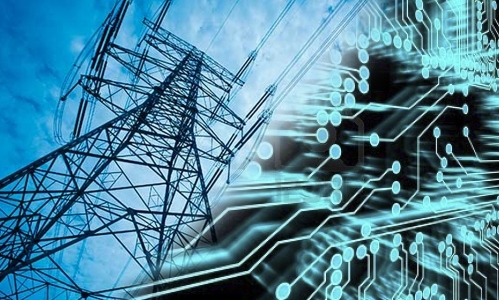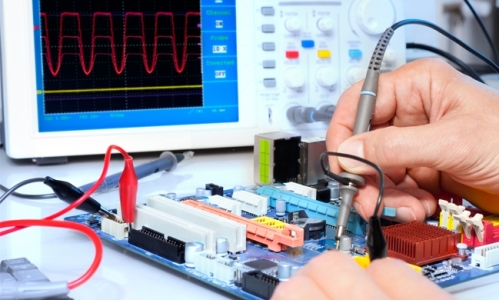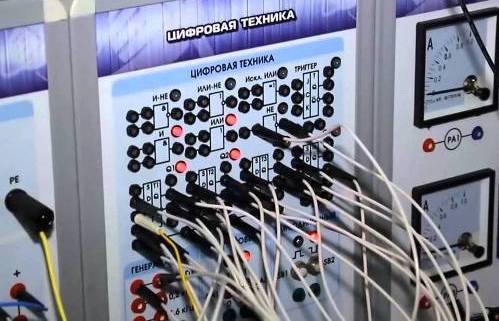How does electrical engineering differ from electronics?
When we talk about electrical engineering, we most often mean the generation, transformation, transmission or use of electrical energy. In this case, we mean the traditional devices used to solve these problems. This section of technology is related not only to operation, but also to the development and improvement of equipment, to the optimization of its parts, circuits, and electronic components.

In general, electrical engineering is a whole science that studies and ultimately opens up opportunities for the practical implementation of electromagnetic phenomena in various processes.
More than a hundred years ago, electrical engineering separated from physics into a fairly extensive independent science, and today electrical engineering itself can be conditionally divided into five parts:
-
lighting equipment,
-
power electronics,
-
power industry,
-
electromechanics,
-
theoretical electrical engineering (TOE).
In this case, frankly, it should be noted that the electricity industry itself has long been a separate science.
Unlike low-current (no power) electronics, whose components are characterized by small dimensions, electrical engineering covers relatively large objects, such as: electric drives, power lines, power plants, transformer substations, etc.
Electronics, on the other hand, works on integrated microcircuits and other radio-electronic components, where more attention is paid not to electricity as such, but to information and directly to algorithms for interaction of certain devices, circuits, users - with electricity, with signals, with electric and magnetic field. Computers in this context also belong to electronics.

An important stage for the formation of modern electrical engineering was the widespread introduction at the beginning of the 20th century. three-phase electric motors and polyphase alternating current transmission systems.
Today, when more than two hundred years have passed since the creation of the voltaic column, we know many laws of electromagnetism and use not only direct and low-frequency alternating current, but also alternating high-frequency and pulsating currents, thanks to which the widest possibilities are opened and realized to transmit not only electricity but also information over long distances without wires, even on a cosmic scale.
Now, electrical engineering and electronics are inevitably closely intertwined almost everywhere, although it is generally accepted that electrical engineering and electronics are things of completely different scales.
Electronics itself, as a separate science, studies the interaction of charged particles, in particular electrons, with electromagnetic fields.For example, current in a wire is the movement of electrons under the influence of an electric field. Electrical engineering rarely goes into such details.
Meanwhile, electronics make it possible to create precise electronic converters of electricity, devices for transmission, reception, storage and processing of information, equipment for various purposes for many modern industries.
Thanks to electronics, modulation and demodulation in radio engineering first arose, and in general, if it were not for electronics, then there would be no radio, nor television and radio broadcasting, nor the Internet. The elementary basis of electronics was born on vacuum tubes, and here only electrical engineering would hardly be enough.

Semiconductor (solid) microelectronics, which arose in the second half of the 20th century, became a sharp breakthrough point in the development of computer systems based on microcircuits, finally the appearance in the early 1970s of the microprocessor launched the development of computers according to the law of Moore, which states that the number of transistors placed on a crystal integrated circuit doubles every 24 months.
Today, thanks to solid-state electronics, cellular communication exists and develops, various wireless devices, GPS navigators, tablets, etc. are created. And semiconductor microelectronics itself already fully includes: radio electronics, consumer electronics, power electronics, optoelectronics, digital electronics, audio-video equipment, physics of magnetism, etc.
Meanwhile, at the beginning of the 21st century, the evolutionary miniaturization of semiconductor electronics stopped, and has practically stopped now.This is due to achieving the smallest possible size of transistors and other electronic components on the crystal, where they are still able to remove Joule heat.
But although the dimensions have reached a few nanometers and miniaturization has approached the heating limit, in principle it is still possible that the next stage in the evolution of electronics will be optoelectronics, in which the carrier element will be a photon, much more mobile, less inertial than the electrons and "holes" of the semiconductors of modern electronics...
